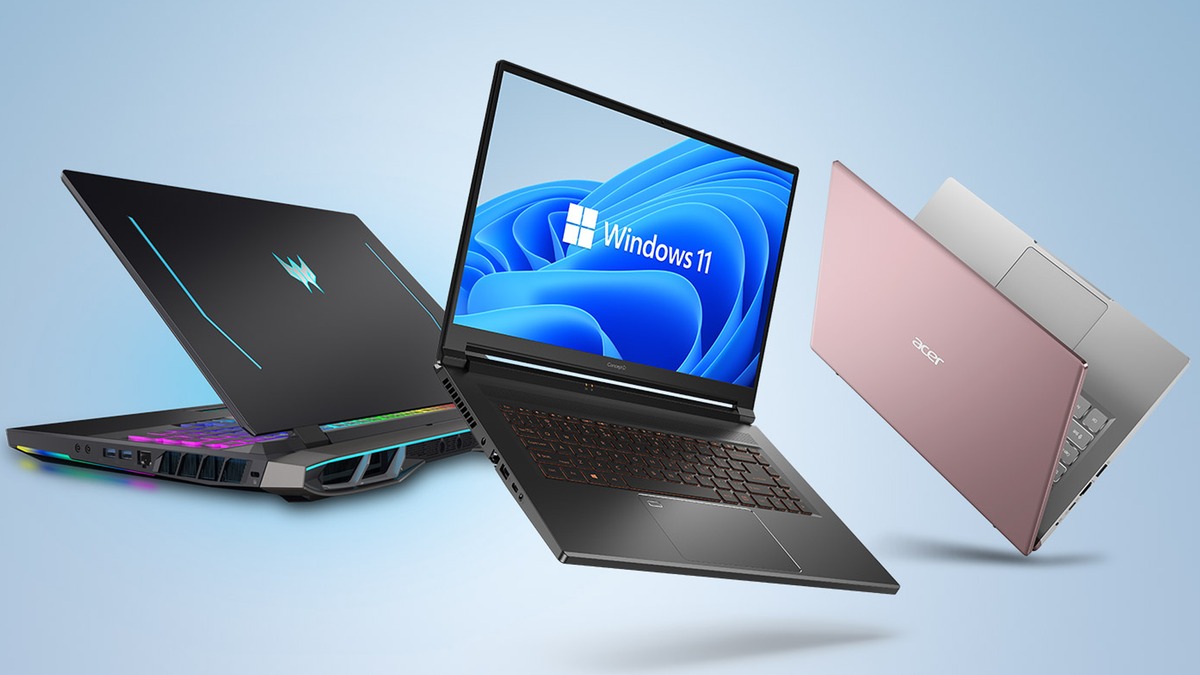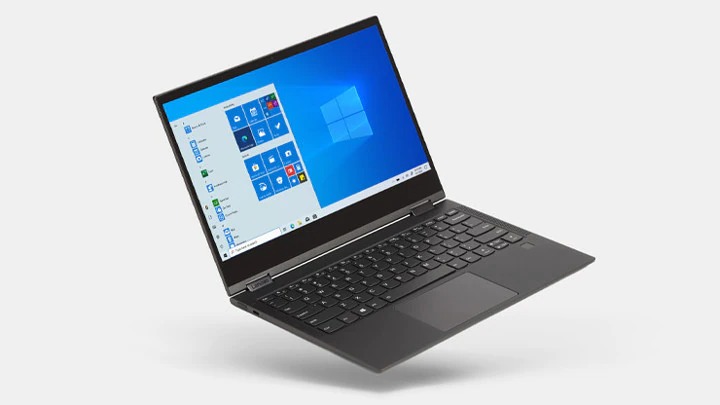If you don’t know what are the differences between Windows 10 and Windows 11, we are going to explain everything in detail. Windows 10 has been one of the most reliable operating systems, and it’s been updated for years. Now, the era of Windows 11 is here and some users still are unaware of the differences between the two operating systems.
How to upgrade from Windows 10 to Windows 11?
Most Windows 10 PCs are eligible to upgrade to Windows 11. You may be able to upgrade your PC for free. Whether your computer is powerful enough to run it depends on your PC’s hardware. Windows 11 is a lot more demanding than Windows 10 when it comes to minimum system requirements.
Windows 11 is only compatible with 64-bit PCs and it requires a Trusted Platform Module (TPM) 2.0 chip and UEFI firmware with Secure Boot support.
It is possible to check if your PC is compatible with Windows 11 by downloading the PC Health Check app from Microsoft. If the tool tells your PC cannot run Windows 11, then it may be because your TPM or Secure Boot are disabled.
Can I continue using Windows 10?
Windows 11 is a huge upgrade over Windows 10, it is a whole new operating system. If your device is incompatible with Windows 11 or if you are a big fan of Windows 10, no worries. Because it is possible to continue using Windows 10, Microsoft will provide security updates until October 14, 2025.

Does Windows 11 support Windows 10 apps?
Windows 11 has the ability to run Windows 10 apps. Beyond that, thanks to the upgraded Microsoft Store, we will be able to use Win32 desktop apps on the new operating system. The best part is, Windows 11 also supports Android apps.
What are the new features of Windows 11?
Windows 11 includes some really useful new features that will make working in multiple windows easier than ever. The Start menu has a new design and you will no longer see live tiles.
Windows Update is going to be 40 percent smaller and install the updates in the background. Microsoft will only release one big update (instead of two) for Windows 11 in a year.
The taskbar is also upgraded in Windows 11. Microsoft Teams is integrated into the taskbar to simplify calling and chatting. As we’ve mentioned above, Windows 11 has the ability to run a huge amount of applications. It supports old Win32 and Android apps. Also, there are some improvements related to PC gaming.

Microsoft introduced auto HDR and DirectStorage technology to the Xbox Series X console, and now they’re coming to the PC. These technologies improve graphics in many older games, and they optimize load times in newer games on powerful PCs.
Which Windows 10 features are not present on Windows 11?
Some Windows 10 features will not be available on Windows 11. For example, It’s now impossible to move your taskbar to the side of your screen, the taskbar will be locked to the bottom part.
It is not possible to activate window labels on the taskbar too. The Start Menu you are used to from Windows 10 is now redesigned, live tiles are no longer there. But now there’s a special widgets tab. Cortana won’t be pinned to the taskbar by default.





